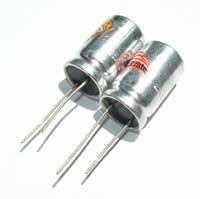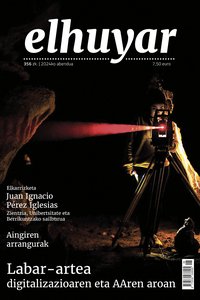Active carbon supercapacitor
The supercapacitors are deposits of electrical energy and, above all, have interest in the field of fuel cells. In fact, supercapacitors are a complement to fuel cells. Batteries are able to supply electric power continuously, while the supercapacitor can provide a lot of energy at any given time.

For example, in the case of electric cars, the fuel cell would provide the energy needed to maintain the speed of the car and the supercapacitor needed to accelerate. In addition, in this acceleration process the supercapacitor is discharged.
The recharge of the supercapacitor is performed at any time of the brake. In fact, at that time the car does not need the energy of the fuel cell, so this energy is used to recharge the supercapacitor.
In this case, the measurements have been made in a potentiostat Voltalab41, especially to measure the capacity of the supercapacitor. This capacity is measured in the farad unit and normally the capacity of a capacitor is given in packs of 10 to 6, microfarads. In addition, the loading and unloading cycles that can withstand have been measured.
The results of the measurements are: Capacity of 120 F/g with a type of electrolyte and 100 F/g with other electrolytes. In both cases, supercapacitors have a loading and unloading capacity of more than two thousand cycles. Finally, the first prototypes of materials that have given the best results of these sessions have been made at CIOBSERVER.
www.ihobe.net
Buletina
Bidali zure helbide elektronikoa eta jaso asteroko buletina zure sarrera-ontzian










